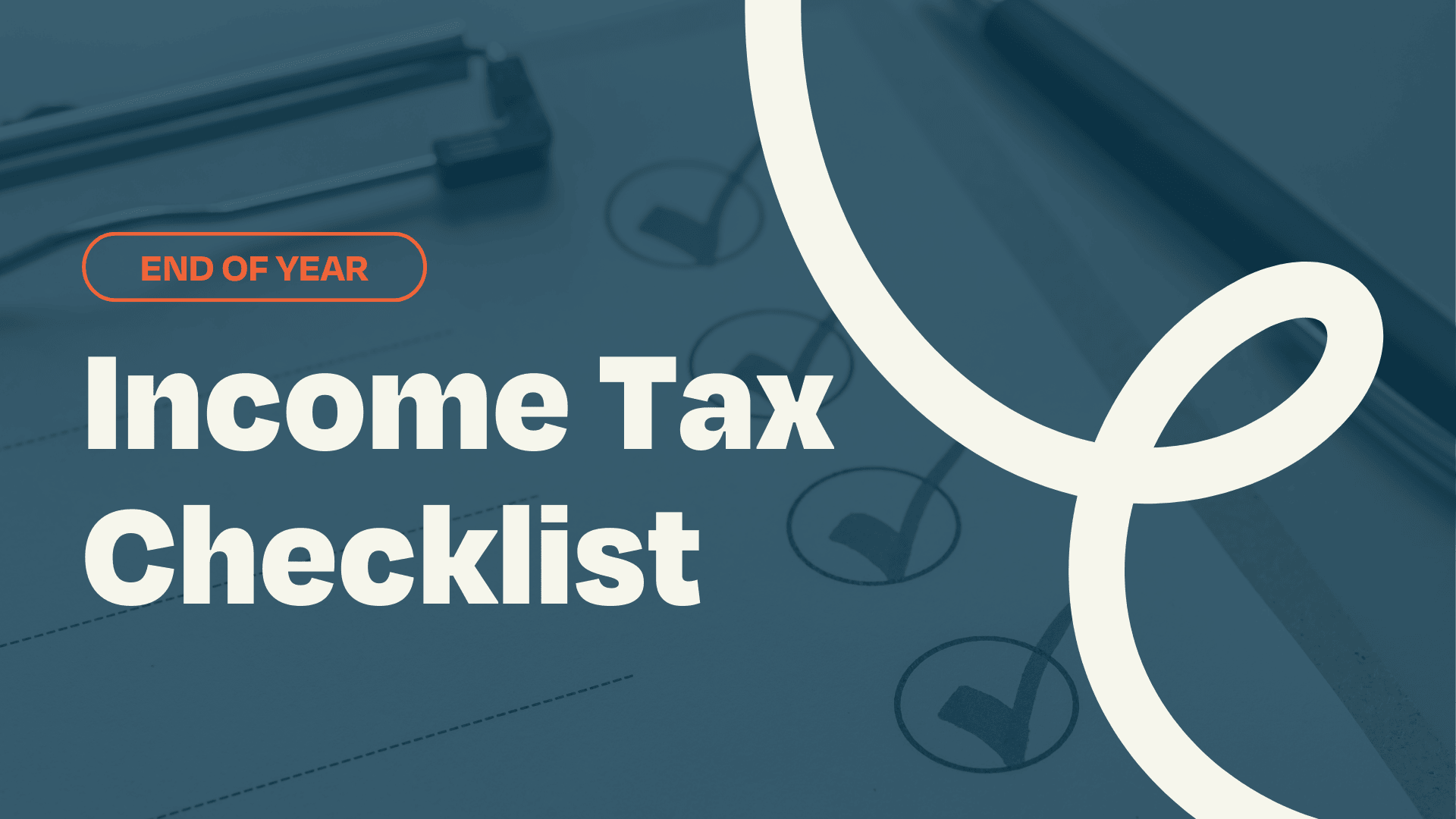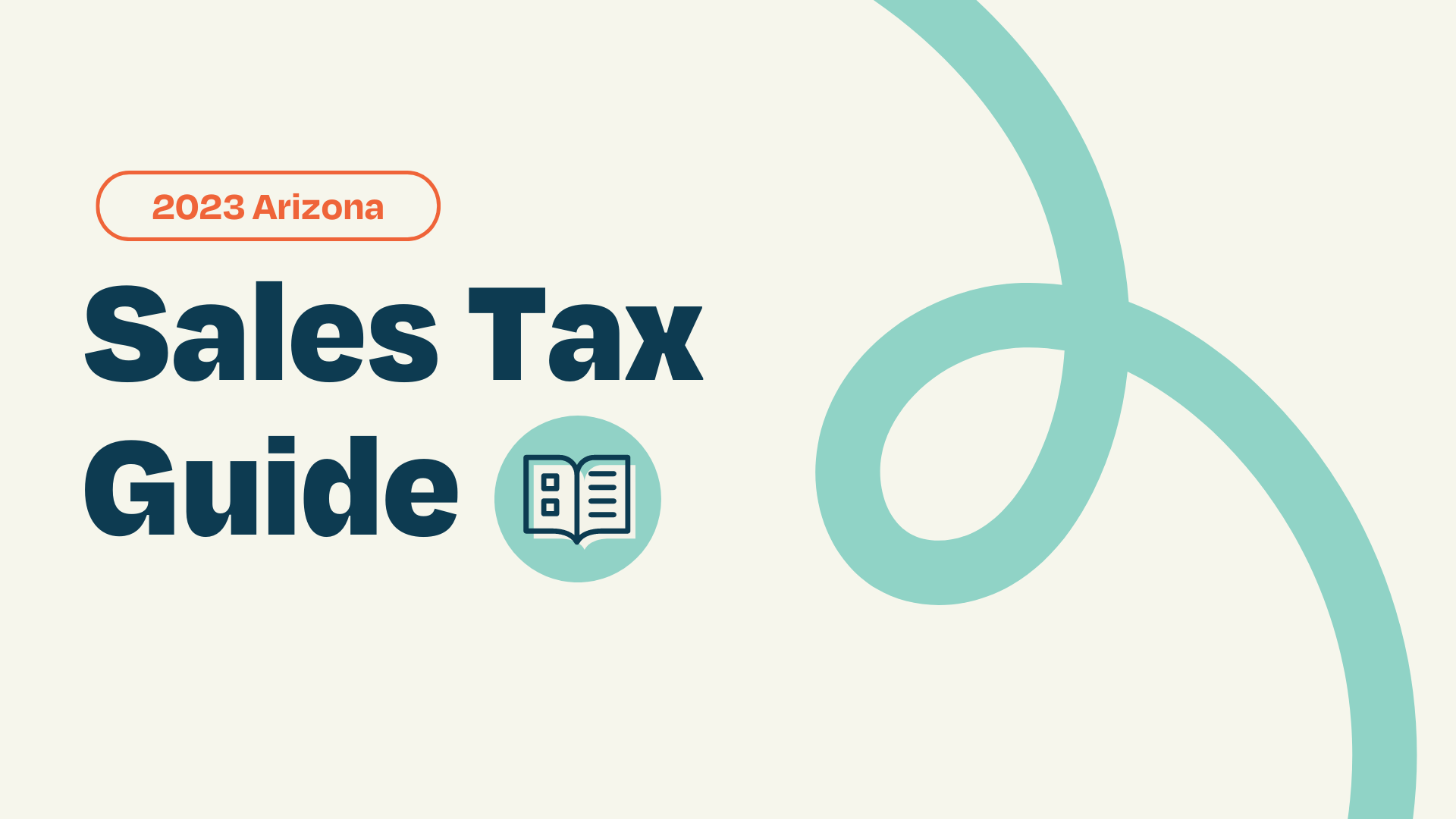What Your Financial Team Should Do to Prepare Your 2024 Taxes
As the end of the year approaches, tax preparation often looms large for small business owners. The paperwork, the deadlines, the worry about...
3 min read
Enzo O'Hara Garza
:
July 03, 2017

What happens when your accountant delivers your Balance Sheet? After working with small business clients over the last seven years, we find that small business owners fall into one of three camps:
Our favorite clients fall into group 3! We love it when they take some time to analyze the performance of their business because these businesses do better than their competitors. This analysis helps them discover what changes need to happen in their business.
Whether you own a fitness studio, a restaurant, or a digital agency; looking at your Balance Sheet will help unlock valuable insight that will help steer your business in the right direction. Here are a few examples of the best small business balance sheet ratios.
Current Ratio = Current Assets ÷ Current Liabilities
To understand this ratio, we must define a few things first:
What is a Current Asset? A current asset is cash or other assets expected to be converted to cash within one year. These assets are the most liquid assets you own.
What is a Current Liability? A current liability is expected to be paid to creditors within one year. These liabilities are coming due soon!
What does the Current Ratio tell you?
The current ratio measures the degree to which current assets cover current liabilities. A higher ratio indicates a greater ability to pay current liabilities with current assets, thus greater liquidity.
To visualize it, imagine that you have $500,000 in current assets and you owe $250,000 in current liabilities. This would put your Current Ratio at 2, which is awesome. By looking at this ratio, you can track how financially strong your business is.
Quick Ratio = (Cash + Marketable Securities + Accounts Receivables) ÷ Current Liabilities
What does Quick Ratio tell you?
The quick ratio examines the liquidity from a more immediate aspect than does the current ratio by eliminating inventory and prepaid expense from current assets. The quick ratio removes inventory because it turns over at a slower rate than receivable (AR) or cash and assumes that the company will be able to sell the items to a customer and collect cash.
A reasonable guideline for a Quick Ratio is 1 or greater, but this may vary by industry. The quick ratio, like all ratios, should be judged by comparing it to the firm's past values for the ratio and to the values of similar companies and industry averages.
Debt to Equity Ratio = Total Debt ÷ Total Equity
What does the Debt to Equity Ratio tell you?
The Debt to Equity Ratio measures the firm's ability to pay long term debt and how well long term creditors are protected. It measures the relationship of debt to equity when financing asset purchases. The lower the ratio, the less reliant the company is on debt. Boot strapped companies strive to be debt free, so that they can be more agile and make decisions with the good of the company (not the creditors) in mind. While it takes more time and effort to stay out of debt, you only have to answer to yourself- which is incredibly freeing.
Test of a Company's Efficiency
Activity financial ratios measure how well a company is able to convert its assets in the balance sheet into cash or sales. By analyzing the activity ratios, you can see how efficient and well run a company is.
The Accounts Receivable Turnover Ratio measures the average number of times that receivables from sales are collected during the year. This shows how effective you are at a collecting on your Accounts Receivables. Aside from you, who cares about this ratio? A bank who is considering extending a small business loan to you may look at this ratio when evaluating your credit worthiness. If you can't collect from your customers, how can they expect to get paid? A higher number means that your customers are paying you on time.
Inventory is considered an asset as it is essentially money that is sitting on your shelf. If you think about what it takes to hold inventory, you will quickly see that the cost doesn't just stop at purchasing the product but you are also on the hook to house it with takes lights, rent, and people (more cash-ola!). As your inventory ages, new and improved products may come on to the market which means that in the end, you may have to sell your older inventory for a fraction of the price just to get rid of it. So in reality, the quicker your inventory leaves your shelves the better.
---
I hope these Balance Sheet ratios have your gears turning. Now that you have a few ratios to play around with, you can begin measuring the success of your business so that you can take action! Need a little help finding the right ratios for your business? Schedule a Free Consultation and we can walk through your current challenges and propose solutions to make you a Balance Sheet Rockstar!

As the end of the year approaches, tax preparation often looms large for small business owners. The paperwork, the deadlines, the worry about...

1 min read
Arizona Sales Tax in a Word Under the endless Arizona sky, small businesses like yours are thriving and making their mark. But while the...

Are you in search of guidance on mileage reimbursement and deductions within the United States? If so, this guide is for you! We have gathered...